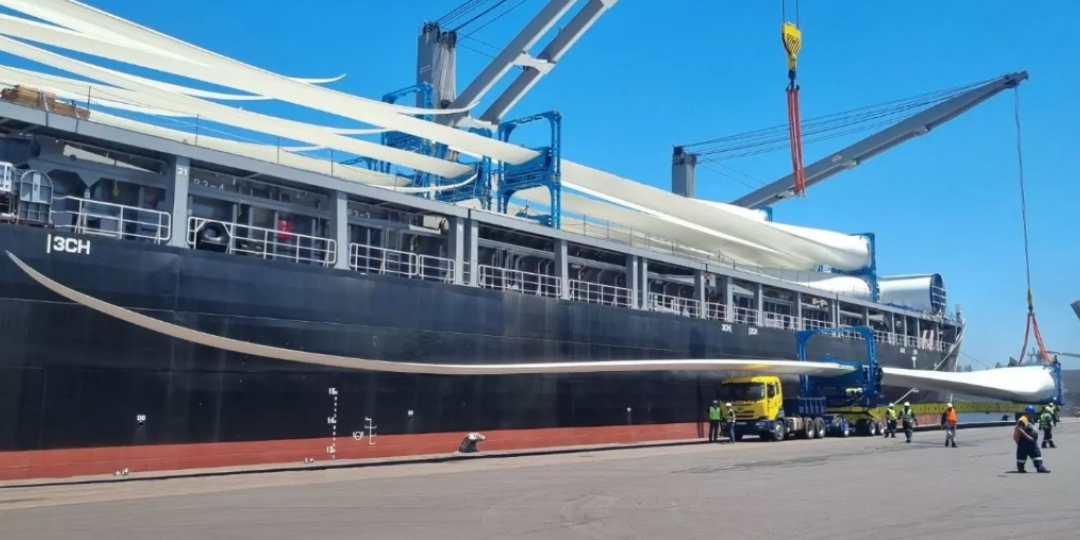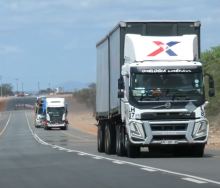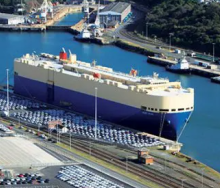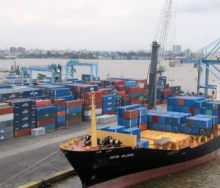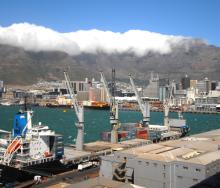Heavy transport and ship-rigging specialist Vanguard has unveiled a new wind blade shunt trailer designed to tackle logistical challenges in transporting wind turbine blades.
The trailer, which is already operational, is tailored for efficient handling and movement of wind blades from vessels to laydown areas, even in confined spaces.
Vanguard claims the innovation offers cost-effective solutions while minimising disruption at ports and terminals.
The shunt trailer features drawbars at both ends, enabling efficient manoeuvring, and accommodating extensive blade overhangs when loaded in reverse orientation.
This reduces the space required for laydown areas.
Customised beams allow the trailer to handle blades of varying lengths, including those measuring up to 90.65 metres.
The trailer was recently deployed at Richards Bay Port for transporting 75 wind blades to laydown areas before transhipping them on to Vanguard’s Scheuerle Rotor Blade Transport System (RBTS) trailers for further delivery.
Vanguard plans to expand the availability of these trailers to other ports, including Coega, by mid-2025.
Senior manager at the project cargo company, Laura Hodgkinson, said: “Vanguard have provided consultancy from the initial concept, right through to the design and manufacturing of the trailers, and it’s been great to see them in action and working so efficiently.
“Despite the challenging restrictions at the port, the team have been able to efficiently receive and transport over 15 blades a day to the laydown area, regardless of the orientation.”
The company has a history of pioneering transport solutions. In August 2023, Vanguard made news after announcing that it had moved the longest wind turbine blades ever to travel within the country.
The blades, measuring an impressive 82.5 metres in length, were transported from the Port of Ngqura in the Coega IDZ to Noupoort over a 12-month period.
The project entailed moving 78 sets of wind turbine components, including 234 blades, along with nacelles, generators, hubs and containers.
The operation required a transport rig with a total length of 95 metres to accommodate the oversized cargo.
The logistics of this undertaking were complex, involving extensive route planning, engineering works, and careful port layout design to ensure smooth operations.
At the time, Vanguard said it would be running two convoys per week along the 500-kilometre route, navigating through various challenges such as street architecture and infrastructure, telecom lines and bridges.
